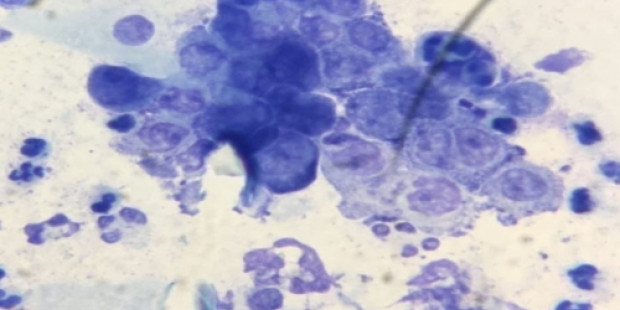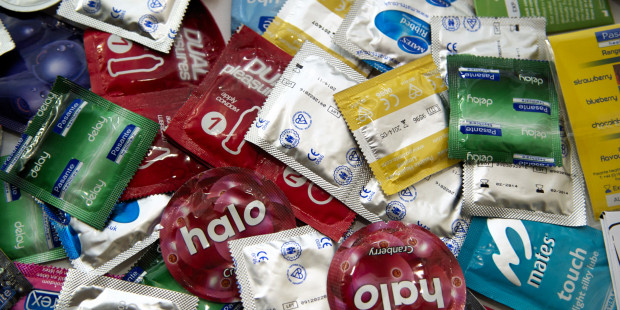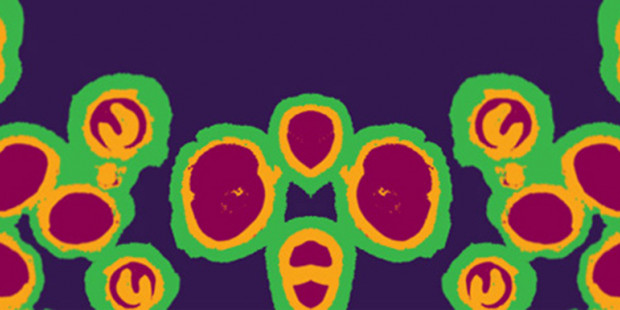LGV stands for lymphogranuloma venereum. It's a type of chlamydia bacteria that attacks the lymph nodes, which are an important part of your body's defence against infections.
LGV is very rarely seen in heterosexual people in the UK but cases are being seen among gay and bisexual men.
LGV symptoms
Nearly all LGV infections seen in the UK in recent years have been in the rectum.
- Within a few weeks of becoming infected, most people get painful inflammation in the rectum (known as ‘proctitis’) with bleeding, pus, constipation or ulcers.
- You can also get a fever, rash and swelling in your groin, armpit or neck.
- A small sore might appear where the bacteria got into your body, but most people don’t notice one.
Left untreated, LGV can cause lasting damage to the rectum that may require surgery.
LGV in the penis might cause a discharge and pain when urinating, with swollen glands in the groin.
LGV in the mouth or throat is rare but can cause swollen glands in the neck.
How it's passed on
LGV bacteria usually enter the body through the delicate, moist skin of the rectum and penis.
Women and people assigned female at birth can also get infected through the vagina. Infection through the mouth and throat is possible but rare.
Gay and bisexual men have contracted LGV from having anal sex without condoms and from fisting – when a hand is inserted into a partner's rectum.
The bacteria can also be carried from one rectum to another:
- during group sex
- on objects such as sex toys, fingers, enema equipment, condoms or latex gloves.
How to avoid LGV infection
Cover anything which is moved from one rectum to another with a fresh condom or fresh latex glove for each new person it enters, or clean it with warm water and anti-bacterial soap.
Enema equipment should not be shared.
Having LGV could make it easier for you to get or pass on HIV. But if you have HIV and your treatment has made your viral load undetectable then LGV and other infections don’t appear to make you more likely to pass on HIV.
Testing for LGV
If you’re a gay or bisexual man with possible LGV symptoms, a sexual health clinic will use a swab (a small cotton bud) to take a sample from your rectum and penis.
If you're a woman or were assigned female at birth and have a suspected LGV infection, swabs will be taken from your vagina and cervix.
Samples are first tested for chlamydia. If this test result is 'positive', samples will be tested for LGV.
People you’ve had sex with also need to get checked. A clinic can contact them for you if you don’t want to.
Remember, the more people you have sex with (especially unprotected sex), the more chance you have of contracting infections such as LGV. You can have these infections without knowing, so regular check-ups are a good idea. This is especially the case if you're starting a new relationship and/or you want to stop using condoms with your partner.
LGV treatment
Antibiotics cure LGV with no lasting effects as long as the infection is treated early enough.
Don’t have sex until treatment has finished or you could pass on the infection.
Most people get tested and treated for infections like LGV at sexual health (GUM) clinics. It's free and confidential - no-one else, including your GP, will be told about your visit.
However, it's best to go to a sexual health clinic if you have any possible LGV symptoms because some GPs have misdiagnosed LGV.




